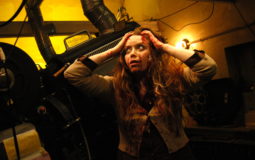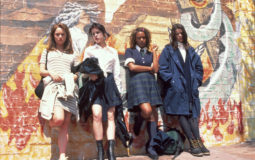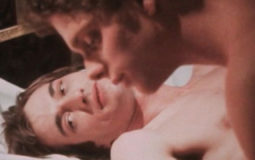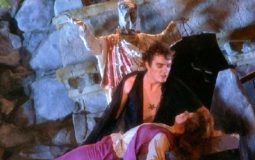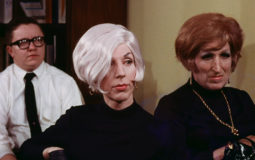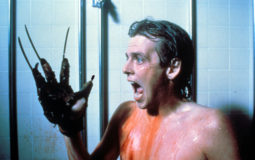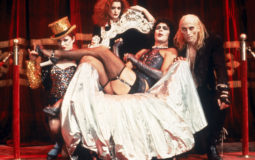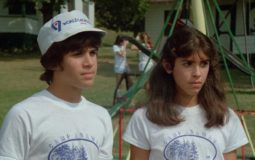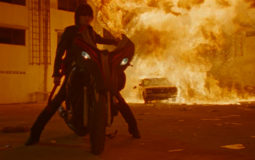Queer horror cinema does not exist as a separate category. But there are movies by queer authors with queer characters and queer aesthetics. Sometimes—rarely in film-historical terms—all three elements converge. How, then, to approach a retrospective on the subject in the first place? Best to leave it be, my inner voice said. But then a memory crept into my mind. On a hot October day more than a decade ago, I sat across Clive Barker and asked him why he showed such tremendous love for the monstrous in his works. He looked at me and simply said, “Because we are the monsters.” That was when I realized two things: that Mr. Barker has a decent gaydar and that queerness and horror are closely interconnected. Queer people and fans of blood and guts were—and sometimes are still—seen as marginal, abnormal, and potentially dangerous, a menace to society. In recognizing these similarities, utopian emotions bubbled up inside me. Suddenly, there was no more shame. Suddenly, I was proud to be a monster. A Nightmare on Queer Street gathers some examples from movie history in which queerness and horror coincide. All of them are children of their time.
And most of them are wildly different in their moods and whimsies, shapes and forms. Popular productions like Jack Sholder’s A Nightmare on Elm Street Part 2: Freddy’s Revenge or Andrew Fleming’s The Craft don’t deal with queerness directly but through more or less obvious subtexts, many of which were examined years or decades after the movies had been released. In contrast, Jess Franco’s Vampyros Lesbos is a movie exclusively tailored to the male gaze, having cofounded the lesbian vampire subgenre that became popular in the 1970s, while The Destroying Angel from the same decade is highly idiosyncratic and iconoclastic gay horror porn—shot at a time when assertive portrayals of homosexuality were almost exclusively limited to fringe forms like adult and avant-garde productions. Geared to the youth market, 1980s flicks like Sleepaway Camp and Fear No Evil drag psychosexual elements into subgenres like slasher and occult horror, begging for empathy with the central, queer-coded figures only to let them disintegrate in the finale with even greater aplomb.
Were A Nightmare on Queer Street to tell a coherent story, it would be a lie. The retrospective zigzags, detours—takes a wrong turn at times, then a right turn again, is a collection of film-historical points of contact between queerness and horror cinema. An offer, an invitation, a start. No more. And no less.
(Markus Keuschnigg)
